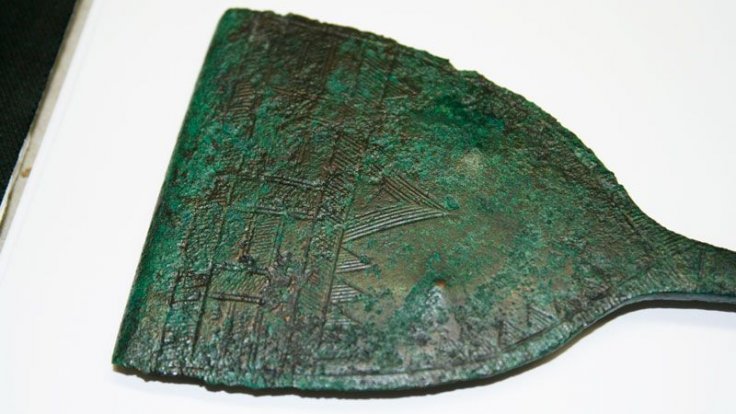
For the first time, scientists have reconstructed the family trees of a German valley using ancient DNA traces of 4,000 years old, with startling truths mesmerizing the archaeologists and anthropologists alike.
The vivid class divide of rich and poor that Karl Marx wrote in the 19th century had its traces thousands of years ago in the the Lech River Valley in southern Bavaria where archaeological excavations uncovered dozens of skeletons dating between about 2800 and 1700 BC.
Scientists Philipp Stockhammer and Johannes Krause at the Max Planck Institute for the Science of Human History (MPI-SHH) in Jena, Germany succeeded in sequencing DNA from 104 individuals from 13 farmstead cemeteries and reconstructed six family trees, which encompassed as many as five generations, with stunning results.
"For me, this is the future of archaeology. We are now forced to see social inequality and complexity on a completely different scale, that we haven't taken into account for the deep past," said Stockhammer.
The genealogies reflected social inequality between high-status family members and unrelated, low-status slaves and above all, some mysterious foreign females related to no one, apparently travelled from distant lands, indicating their strange but higher social status.
The study, for the first time, shows how ancient genomics has been applied to archaeology, especially of Bronze Age Europe, to show large numbers of unrelated individuals who mingled in local populations, documenting profound shift in the genetic make-up of the region, much to the surprise of archaeologists who tend to focus on local lifestyle.

In their paper published in Science on October 10, 2019, archaeologists traced how close family members, either male or female, tended to be buried with numerous grave goods, suggesting high status was inherited.
But these cemeteries had two other groups of individuals who were entirely unrelated to any family members and their graves were poorly furnished, reminiscent of similar treatment accorded to ancient Greece and Rome traditions, where slaves were considered members of the family.
But "It's much more complex than we thought for a farmstead around 2000 BC," Stockhammer says pointing at the role of these high-status females, who grew up hundreds of miles away. Based on their strontium isotopes in teeth, they were found to be from eastern Germany and Czech, not from the local southern German villages.
Surprisingly, none of their children were found anywhere in the excavations. Their grave goods resemble those of the Únětice culture in the Czech Republic, Eastern Germany and Poland from around the same time, said scientists.
"One day we'll find where these foreign women in the Lech Valley came from. That would be amazing," says Alissa Mittnik, a geneticist at MPI-SHH and Harvard Medical School in Boston, Massachusetts, also co-lead in the study.









